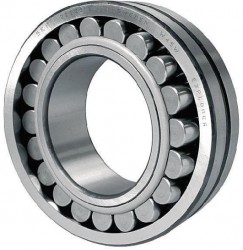Product successfully added to your shopping cart
There are 0 items in your cart. There is 1 item in your cart.
There are 0 items in your cart. There is 1 item in your cart.

Bearing is a technical device, a part of the holder, supporting shaft or axle, fixing them in space, providing rotation, rolling or linear movement with the least resistance, as well as accepting and transferring the load to other parts of the structure.
Their name and origin bearings are obliged to "rotating bodies" - wooden logs, which the Egyptians used during the time of pharaohs to move heavy and bulky items. Some Egyptian reliefs depict the movement of huge stone blocks, assigned to build monuments by sliding the wooden trunks - modern analogues of rollers in bearings. Preserved remains of the rotating platform from the ship of emperor Caligula, found in the depths of the gulf Nemi in 1930, suggest that the rudiments of bearings were used in ancient times. This platform can be considered as one of the first examples of thrust bearing, designed to withstand direct pressure and rotates on its axis.
Mostly in all European languages the word "bearing" has unique phonation and writing. In the explanatory dictionary "bearing" is a part called "pillow", with a pin of axis or shaft on it, i.e. axis support, hence "under pin". And in European languages the word always has the second meaning - support, cushion, for example:
Italian - cuscinetto;
German - lager;
English - bearing;
French - palier;
Latin - pulvinus.
This suggests that each nation formed its own vision of bearings. And this object is so necessary that frequent use of the word made it "native" and time did not influence on its meaning and relevance.